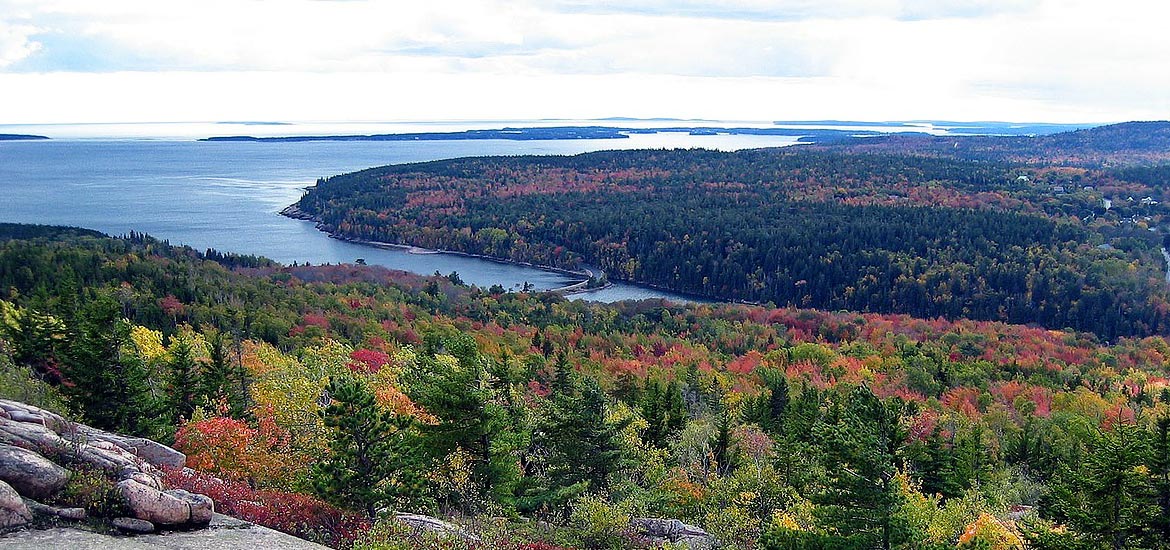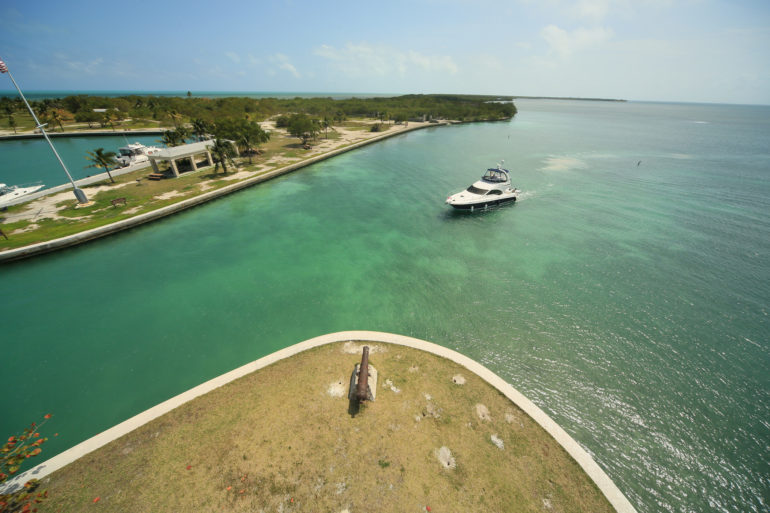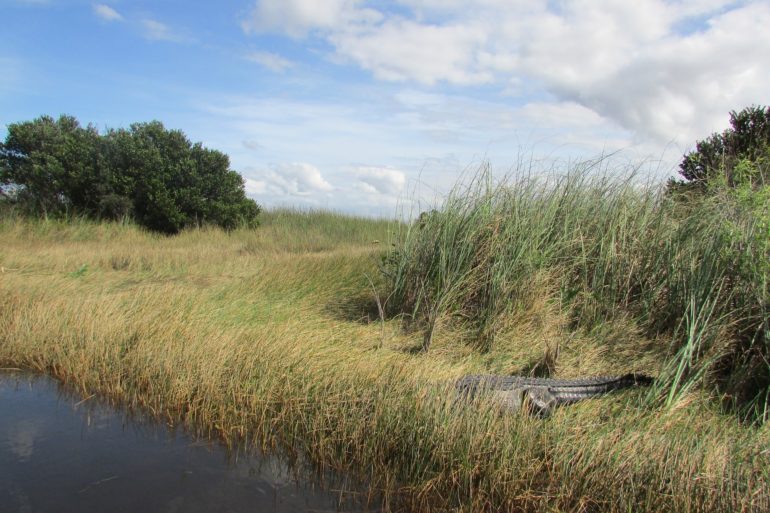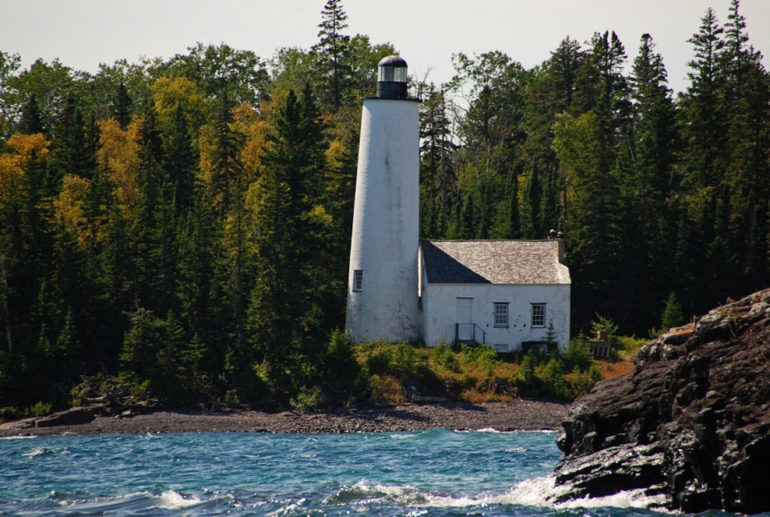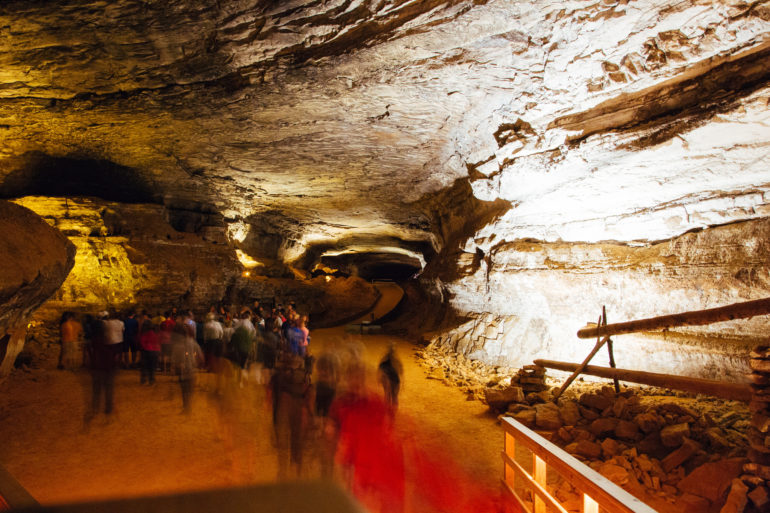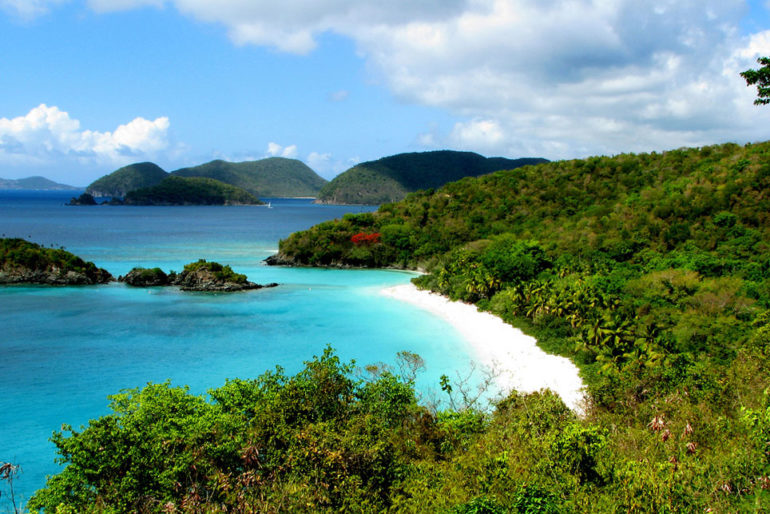Ask anyone about U.S. National Parks and they’ll immediately envision icons like Yellowstone, Yosemite, or the Grand Canyon. Those parks are certainly fantastic but if that’s your only definition of a ‘national park’, then you’ll miss out on your full array of national park trip options – including those in the east.
While the western parks are all about big sky, wide-open spaces, blazing sunshine, and towering monoliths of rock and stone, the eastern national parks’ stories are more intimate, with lush vegetation, shady and comforting forests, and older, lower, rolling mountains. They are also, with one exception, far less inundated with the hordes of visitors you’ll find in the west. The next time you are planning your National Parks trip, don’t forget to consider these spectacular eastern beauties.
Acadia National Park: Maine
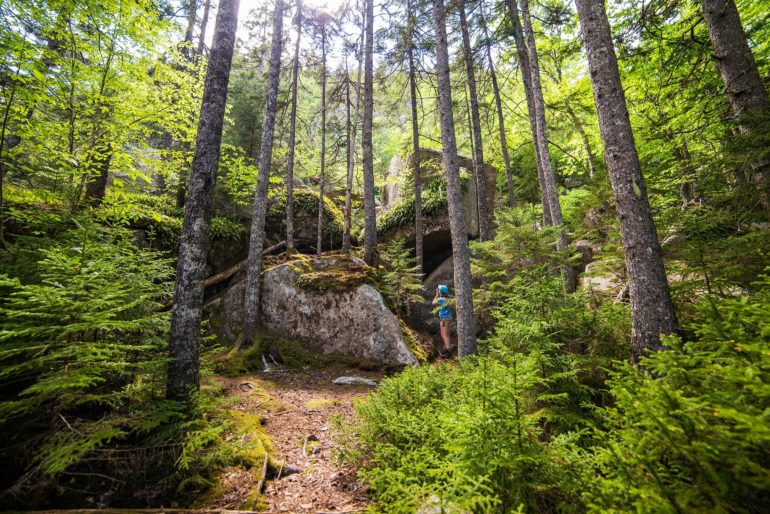
Acadia National Park, Maine.
Maine’s only national park, Acadia consistently tops national and international ‘best parks’ lists. This 50,000-acre expanse is a model of contrast as ragged New England shoreline and rocky isles butt directly into the undulating, crashing Atlantic Ocean.
Bike (or drive) the 27-mile Park Loop Road for numerous scenic vistas, including the 100-foot high Otter Cliff. Acadia’s hikes include a ‘ladder trail’ where older kids can climb up iron rungs driven into the rock face to get breathtaking views of both the sparkling Atlantic and Frenchman Bay. Fuel up on yummy popovers and tea at Jordan Pond House then go kayak with seals as you scan for bald eagles. Enjoy a seasonal whale-watching cruise (great for little ones!) or explore the shops and restaurants of tony little Bar Harbor, the park’s gateway community.
Best time to visit: in early fall to have the trails to yourself during leaf season’s riotous explosion of colors.
Biscayne National Park: Florida
Just 45 minutes from Miami, Biscayne National Park is all about getting wet, since it is 95% submerged. There are more than 500 fish species inhabiting the aquamarine waters and the coral reef, which is the world’s third longest. In addition to brilliant fish, you’ll see turtles, sharks, jellyfish, and rays.
Take a glass-bottom boat tour, snorkel your heart out, or spot manatees during a ranger-led canoe trip through the mangroves. It’s a fantastic option for either adventurous families or those simply looking to relax and soak in views of the bay – and an outstanding educational experience for kids, either way.
Best time to visit: any time of the year although consider trip insurance during Hurricane season.
Everglades National Park: Florida
The largest subtropical wilderness in the nation, Everglades National Park encompasses 1.5 million acres. It’s home to 200 kinds of fish, 350 bird species, 120 types of trees, and more than 1,000 plant types.
Spot alligators from the Anhinga Trail, as well as herons, turtles, and other fauna. The delightfully-named Gumbo Limbo Trail will take you to the peeling, red eponymous tree. Absorb this expansive reserve of mangroves and sawgrass via boat to get the best possible experience – and views of wildlife.
Best time to visit: If you can visit the Everglades in Florida during the offseason, you will enjoy milder temperatures, less humidity, and far fewer mosquitos (and thus happier kids).
Great Smoky Mountains National Park: Tennessee
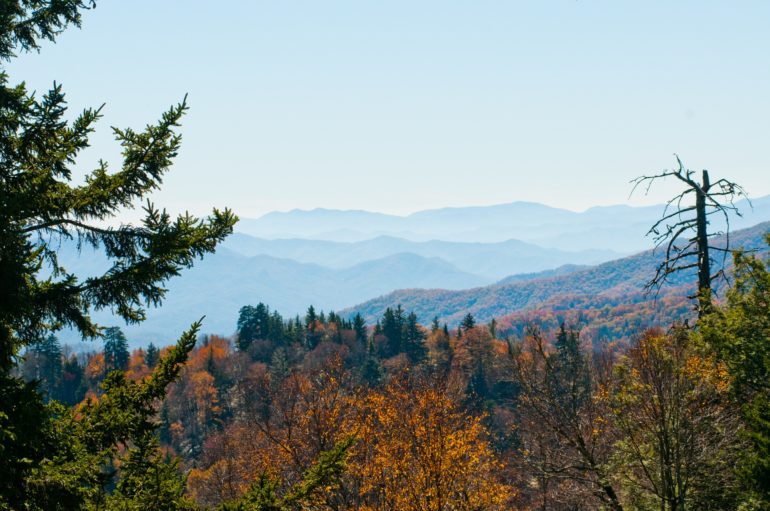
The Great Smoky Mountains
While most eastern national parks don’t receive anywhere near the visitation that the western ones do, Great Smoky Mountains National Park is the exception. It’s actually the most visited National Park in the U.S., with more than nine million visitors per year – double the number of visitors to the second-most visited Park, thanks to its proximity to many eastern population centers.
The Park is 800 square miles, so first fuel up on a hearty breakfast in Gatlinburg (try Crockett’s Breakfast Camp, a local favorite). Ascend the paved ramp (very stroller-friendly) to the top of Clingmans Dome, the park’s highest point at 6,643 feet, and enjoy fabulous views across both Tennessee and North Carolina.
The more than 800 miles of trails will quickly whisk your family away from the often bumper-to-bumper traffic jams and consistent crowds. And many of the park’s trails are mellow trails with a moderate grade that meander through meadows and along creeks. Many are kid-friendly in length – or offer various options to cut the hike short, if necessary. Have your family keep their eyes out for salamanders, elk, and even – if you’re lucky – black bear.
Best time to visit: any time of the year.
Isle Royale National Park: Michigan
A truly unique experience, Isle Royale National Park is an archipelago of some 450 isles on Lake Superior that is actually closer to Canada than the U.S. shore. The park gets only 18,000 visitors a year – less than what Yellowstone sees in a single day.
Take a seaplane or ferry from ports in Michigan or Minnesota to explore the 45-mile-long main island, which is roadless (even bicycles are prohibited). Embrace this untamed wilderness’ serene isolation within the moss-draped spruce and fir trees. The islands are a haven for wolves and moose, as well as anglers and kayakers too.
Note that this park is not for day trips. Plan to stay three or four days, minimum, and either camp (with older kids) or in the only accommodation in the park; Rock Harbor Lodge. The Lodge offers 60 rooms with private baths which can accommodate four people, fully-furnished cottages with private baths and kitchenettes that can accommodate six, and two rustic, yet furnished, one-room ‘camper cabins’. There are also two restaurants, a gift shop and store, and both fishing charters and sightseeing boat cruises.
Best time to visit: full service at Rock Harbor Lodge begins the second Tuesday in June and ends the second weekend after Labor Day making this the optimal time to plan a visit.
Mammoth Cave National Park: Kentucky
This Kentucky park’s name is spot on because it’s one single, truly mammoth cave. To date, the known area of this limestone labyrinth is more than 400 miles long, has five different layers, and makes it the world’s largest known cave system. It is a fantastically mesmerizing and enchanting wonderland for kids, but still one that’s highly educational too.
200-300 feet below the surface, an array of scheduled tours collectively covers some 10 miles. The easier Frozen Niagara Cave tour will take you just over an hour, while more adventurous families can challenge themselves with the six-hour long Wild Cave tour (be prepared to crawl). To see the cave’s largest known room, the two-acre wide Chief City, take the Historic Tour. Regardless of which tour(s) you take, Mammoth Cave National Park will treat your kids to massive stone columns, glistening ‘draperies’ and ‘waterfalls’ of frozen limestone, and crystalline pools.
Best time to visit: A cave is a great escape from nasty weather, be it sleet or 100+ degree temperatures outside. After all, the cave remains a steady 54-degrees, year-round.
Shenandoah National Park: Virginia
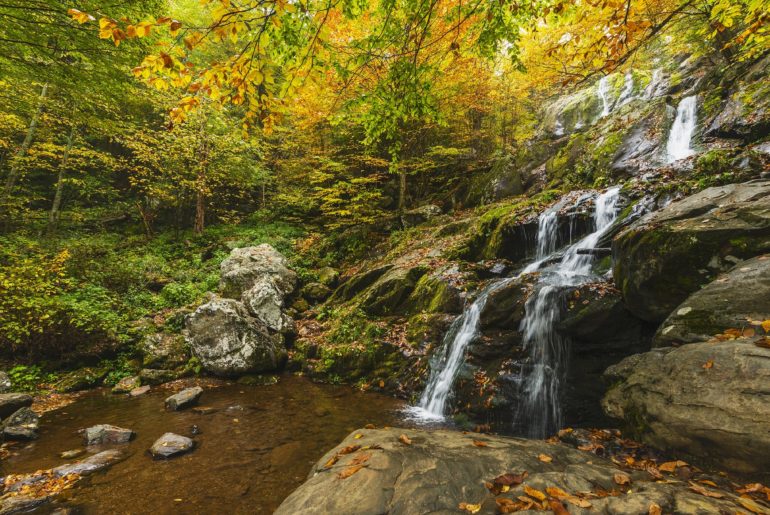
A natural spring waterfall in Shenandoah National Park
Easily accessible from major Mid-Atlantic cities like Washington D.C., Shenandoah National Park encompasses Skyline Drive, a scenic route rambling through the Blue Ridge Mountains, bisecting the park, for 105 miles.
You can drive the route over about three hours but be sure to stop at a few of the more than 70 viewpoints overlooking Piedmont to the east and Shenandoah Valley to the west. Or, if you prefer, explore the 500 miles of hiking trails (including 101 miles of the famed Appalachian Trail) to tumbling waterfalls, rolling hills, fertile valleys, and rocky outcrops offering views into scenic ravines.
Best time of year to visit: is April through early November for ideal temperatures. October and November Fall activities in the Shenandoah Valley are some of the best things to do in Virginia when crowds are smaller and the fall leaves are breathtaking.
Virgin Islands National Park: U.S. Virgin Islands
Just as you shouldn’t limit your park considerations to just the west, you also shouldn’t limit your imagination to just the continental U.S. either. This park in the U.S. Virgin Islands territory will allow you to unwind on pristine white beaches surrounded by crisp, turquoise water – without having to leave the country.
Covering about 60% of the Caribbean island of St. John, Virgin Islands National Park is famous for scuba diving and snorkeling but also has miles of hiking trails through tropical rainforest. Take the hourly ferry from St. Thomas or the daily ferry from Tortola to the park’s gateway in Cruz Bay. Then, hike to the ruins of Annaberg Plantation and Reef Bay Sugar Mill to understand a time when sugar crops dominated the island. Explore the forests of Trunk Bay, try to spot sea turtles in Francis Bay, or visit the ancient petroglyphs of local Taino Indians.
Our National Parks are a great gift to families and wonderlands for children to move, play, learn, explore, and just generally grow as people. They bring families together for shared experiences, be they moments of discovery in a comfy visitors center museum, educational opportunities amidst historic ruins, or strenuous adventures in the backcountry. And the terrain, topography, and histories are sometimes dizzying, from mammoth caves to ancient mountaintops to pristine white Bahamian beaches. Just be sure the next time you’re considering a National Park vacation for your family that you consider all of your options, including those lesser-known (and lesser visited) parks in the East.
Best time to visit: any time of the year although consider trip insurance during Hurricane season.
Check out related posts on hiking with kids, the 10 Best Caves with Kids and Hiking with Kids in Yellowstone, Yosemite, and Other National Parks.

